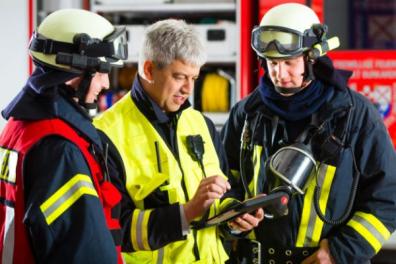

Small and medium enterprises must plan better for their emergencies
Article 20 of the Law on Occupational Hazard Prevention states that employers must plan emergency measures that guide the action to be taken in the event of an accident. If this happens, the response, which includes first aid, fire-fighting and rescue, must be quick, efficient and planned. However, many small and medium enterprises still have much room for improvement on this issue, according to Felipe Gimeno, Director of Operations with Previnsa.
Most Spanish companies implement suitable and proper occupational hazard prevention, which prevents a lot of accidents. However, they still have a long way to go on emergency planning, that is, on the protocols they should have implemented in the event that, in spite of all the preventive measures, an accident should happen.
Felipe Gimeno, Director of Operations with Previnsa, explains that “in general, prevention, training and implementation of safety measures in Spanish companies is relatively properly done”, but “in most cases, emergencies are not sufficiently planned for”. For example, “if an employee has to enter a tank, they go in with all of the safety elements and they take the necessary prevention steps”, but if, in spite of this, something goes wrong and there is an accident, they may find that “there are no well-planned emergency measures to get them out of the tank and care for them quickly until the fire brigade or the ambulance gets there”.
Some large industries, “especially in the case of nuclear and chemical plants”, have their own permanent fire-fighting teams, ready to take immediate action in the event of an accident. Whereas other companies have “teams of professionals, including fire-fighters, hired specifically to act in the event of an emergency and who implement in advance the pertinent protocols for action”. However, according to Gimeno, small and medium enterprises still have ample room for improvement on planning for emergencies.





